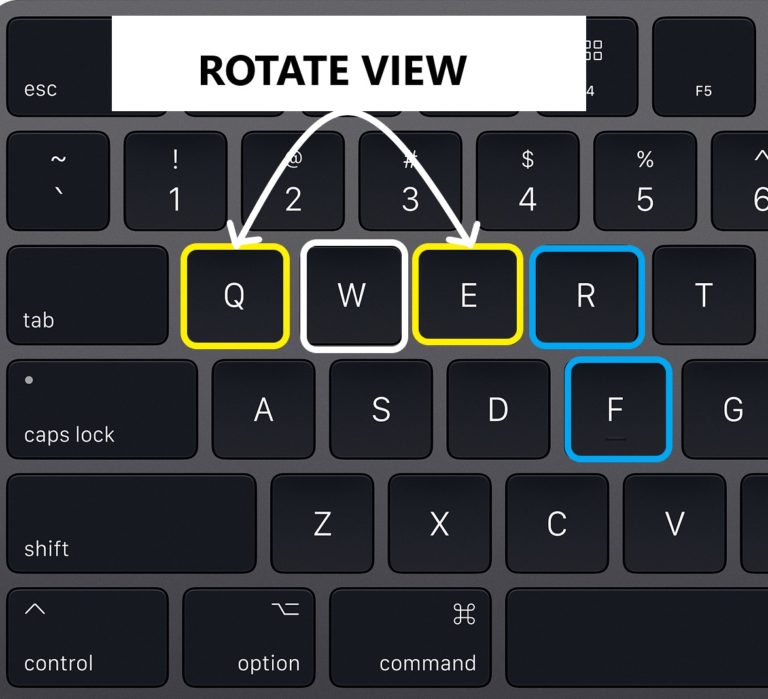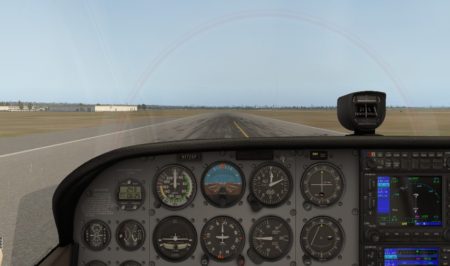

HOTAS controls offer a whole different level of immersion. If you’re all about fast-paced, high-action flying, HOTAS might be the co-pilot for you. On the other side of the aisle, we have the HOTAS (Hands On Throttle And Stick) system. Plus, it’s generally not the best choice for aircraft that employ stick controls, like fighter jets or Airbus. It tends to take up a bit more desk space, and for the uninitiated, it might feel a bit unusual to control. However, the yoke system isn’t without its drawbacks. This is where the immersive nature of X-Plane 12 truly comes to life. The yoke system shines when used with aircraft that use this type of control in the real world, such as most commercial aircraft like the Boeing 737 or general aviation aircraft like the Cessna 172. It’s a two-handed affair, just like in a real cockpit, giving you that immersive feel of being a true pilot.

You push and pull to control the pitch, and turn left and right for the roll. Yoke controls are known for their intuitive design. If you’re a stickler for authenticity, you might be already leaning towards a Yoke. In the world of flight simulation, the Yoke control system is widely considered the more ‘traditional’ control method, mirroring the control setup found in many real-world aircraft.

Piloting the Skies with Yoke Control Systems So, we’re here today to clear the runway on the most hotly contested topic in the flight sim community: Yoke vs. When it comes to experiencing the ultra-realism of flight simulation in X-Plane 12, the choice of control system can make a world of difference.


 0 kommentar(er)
0 kommentar(er)
